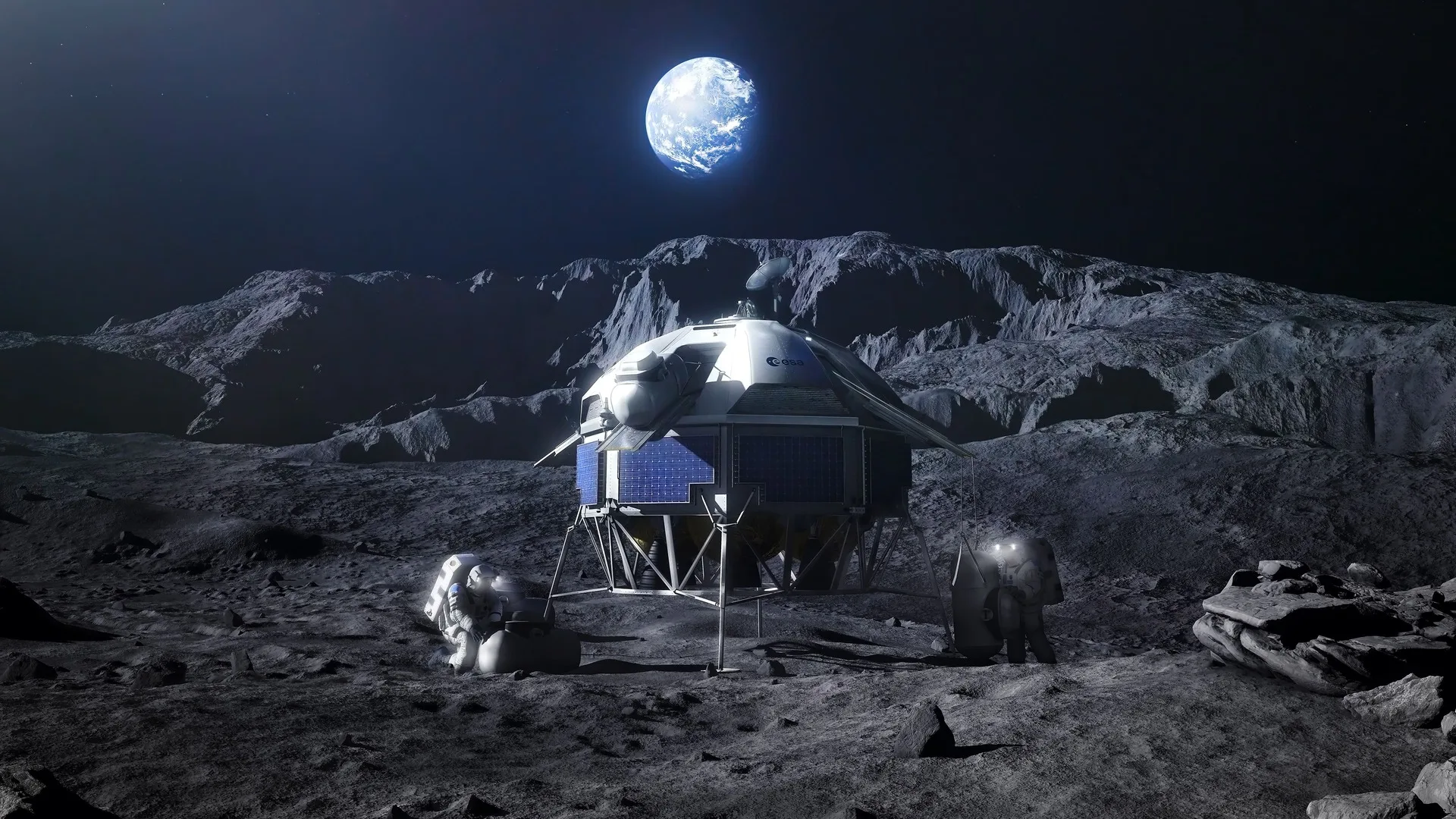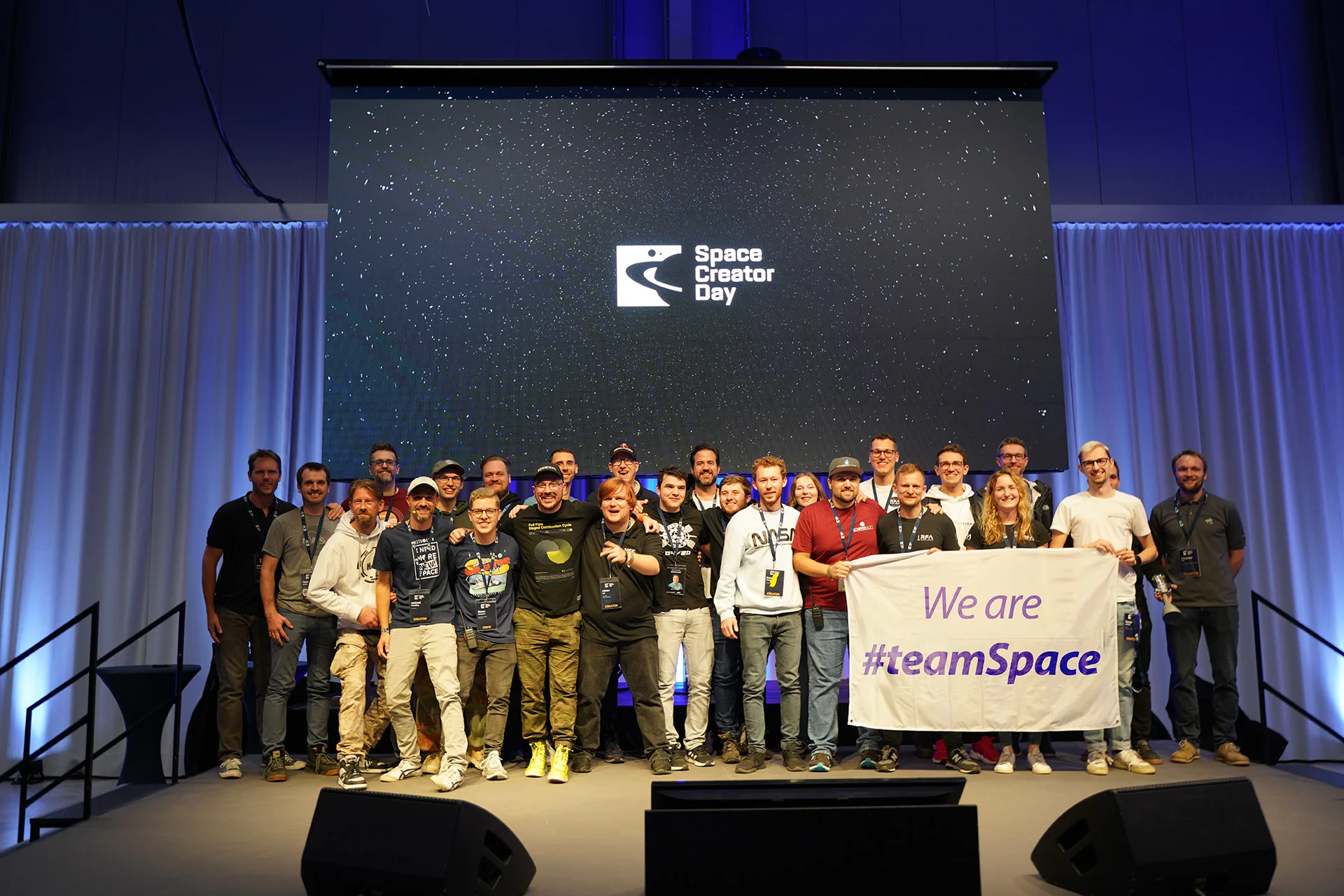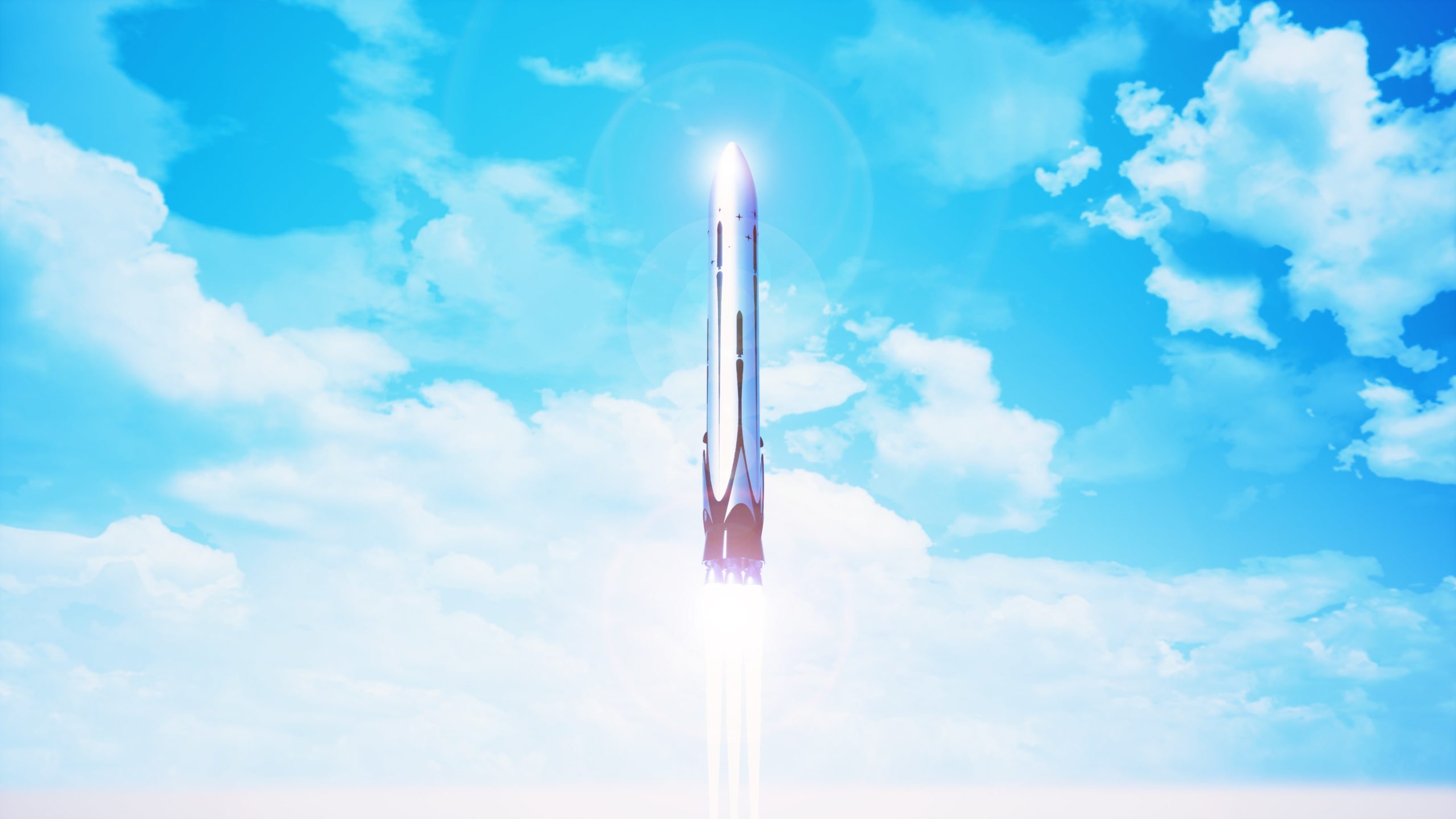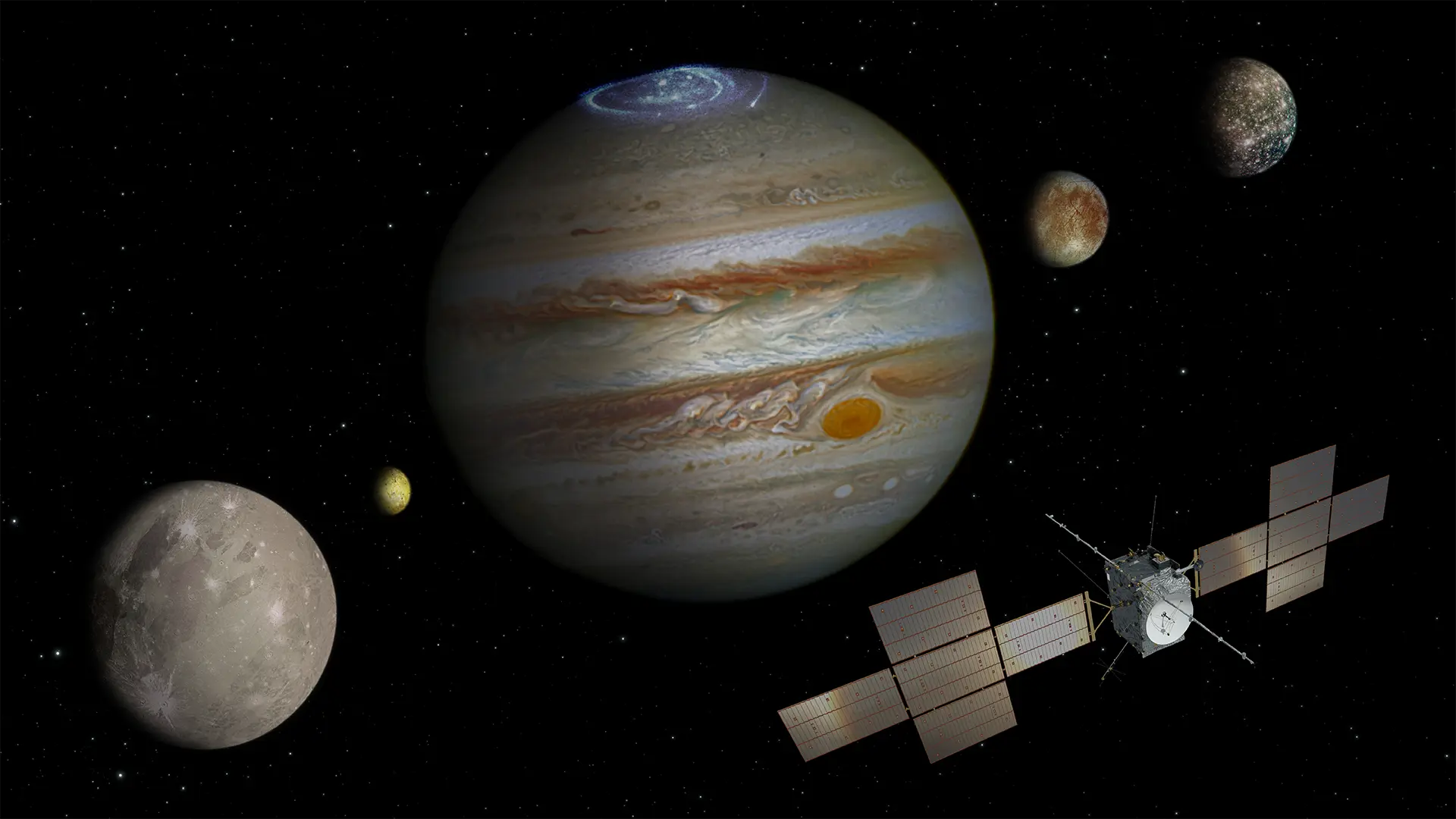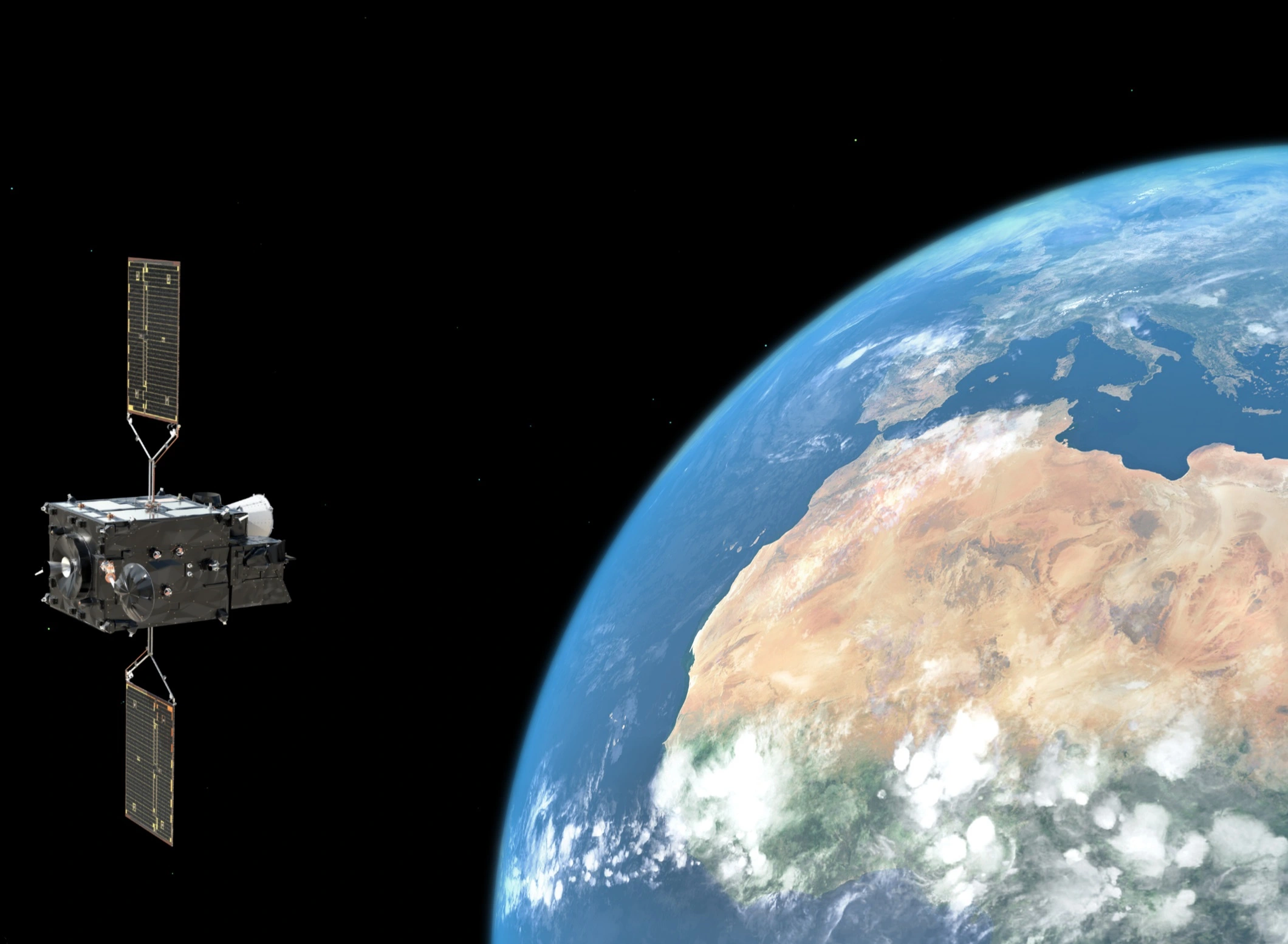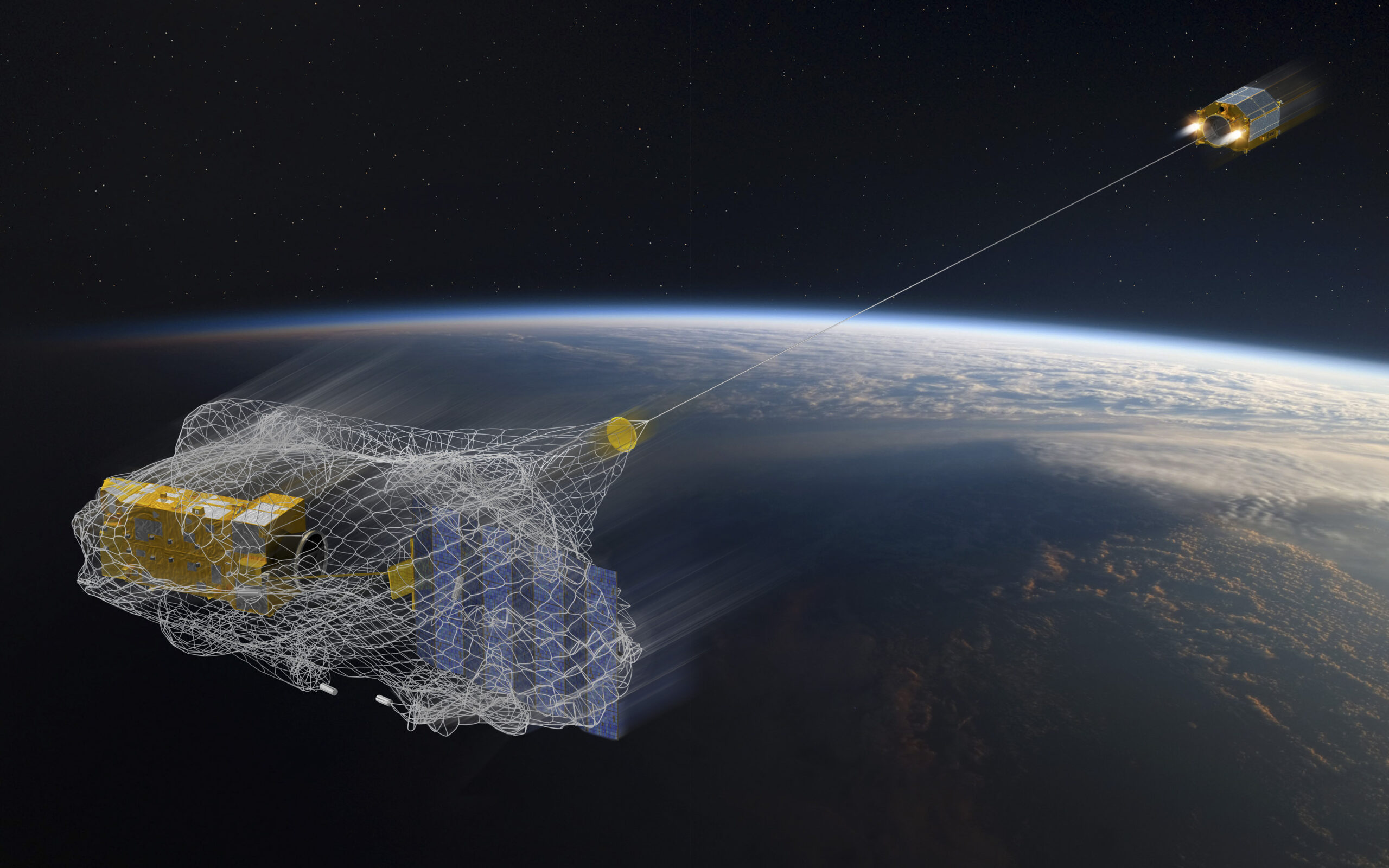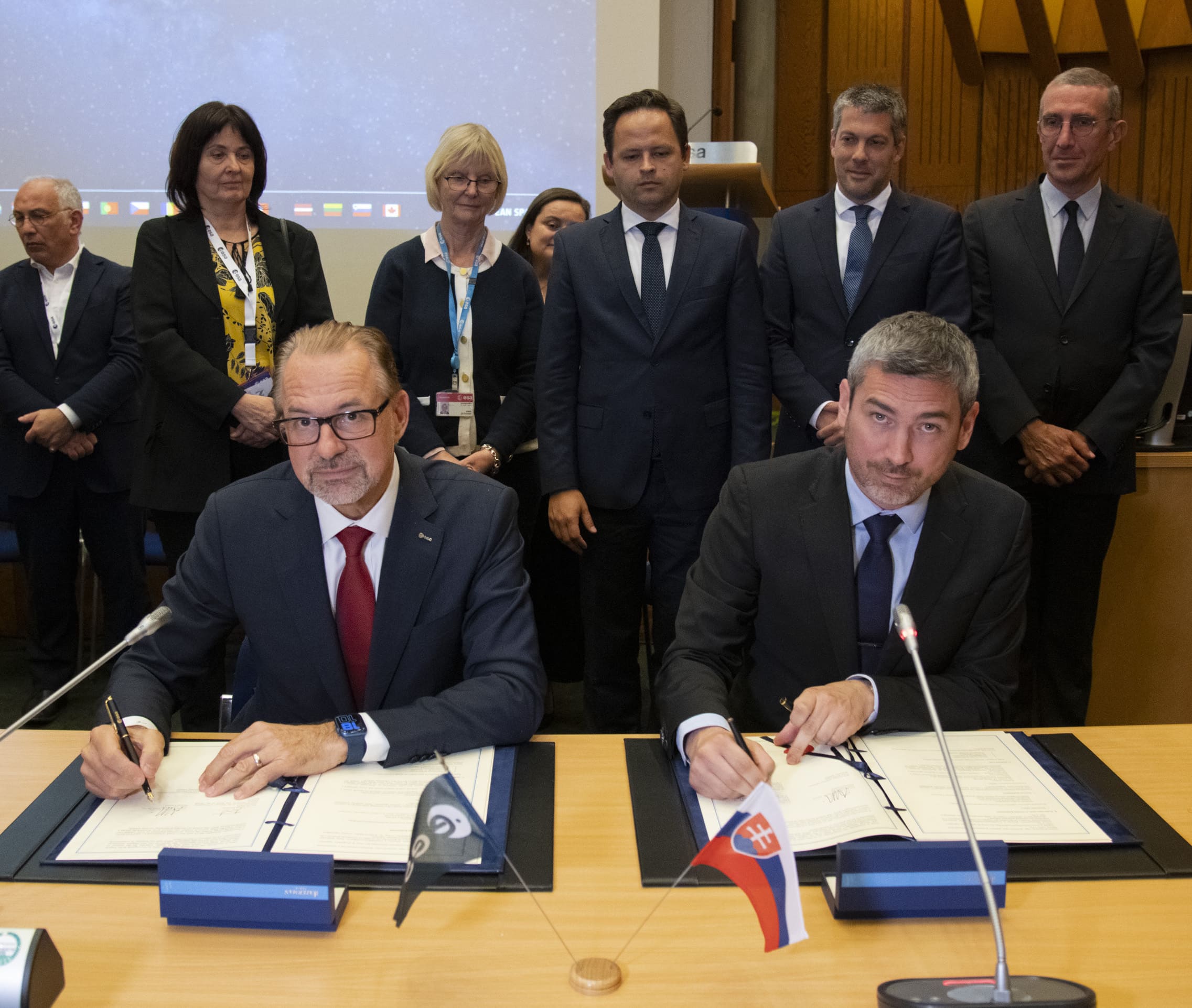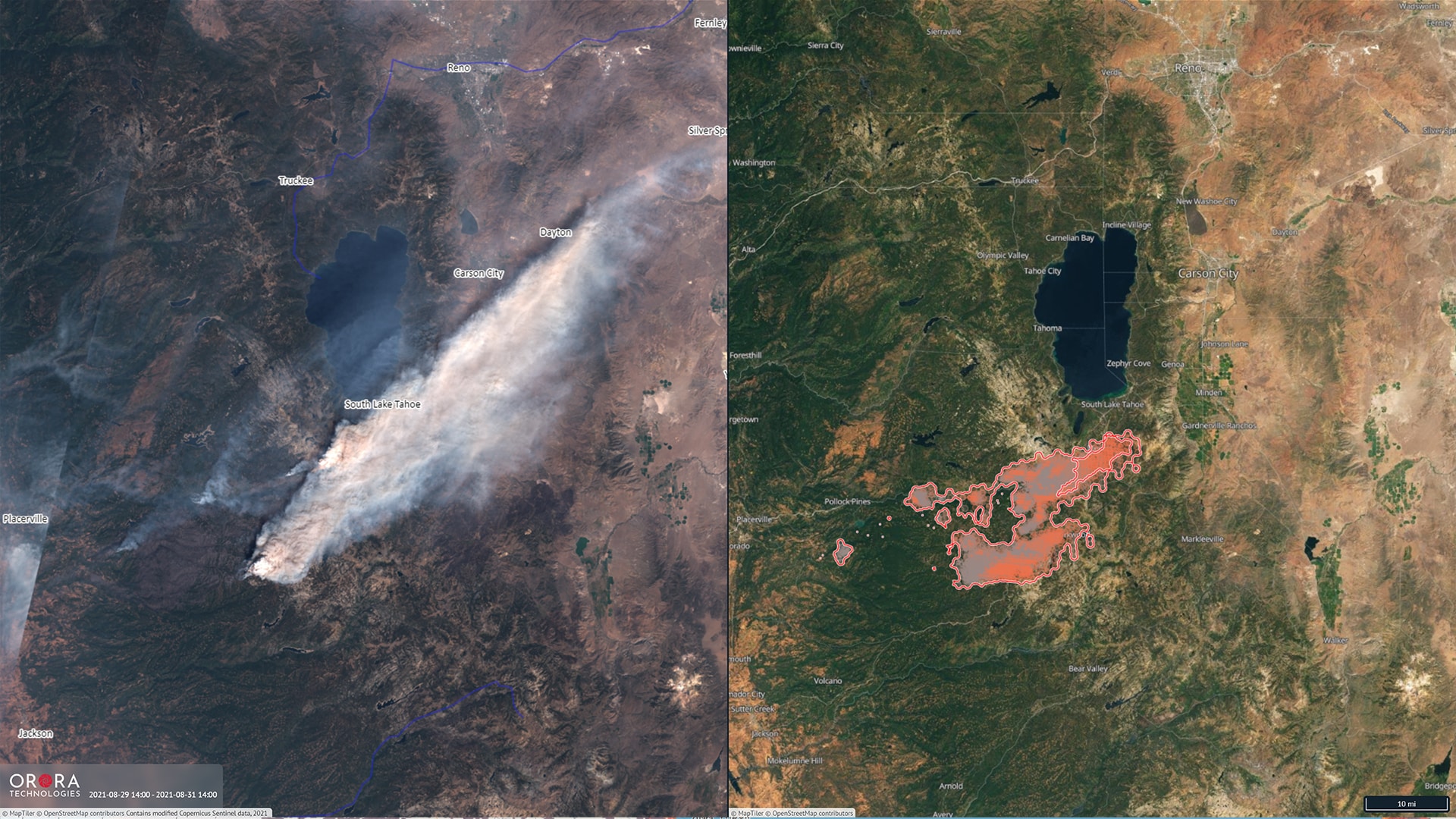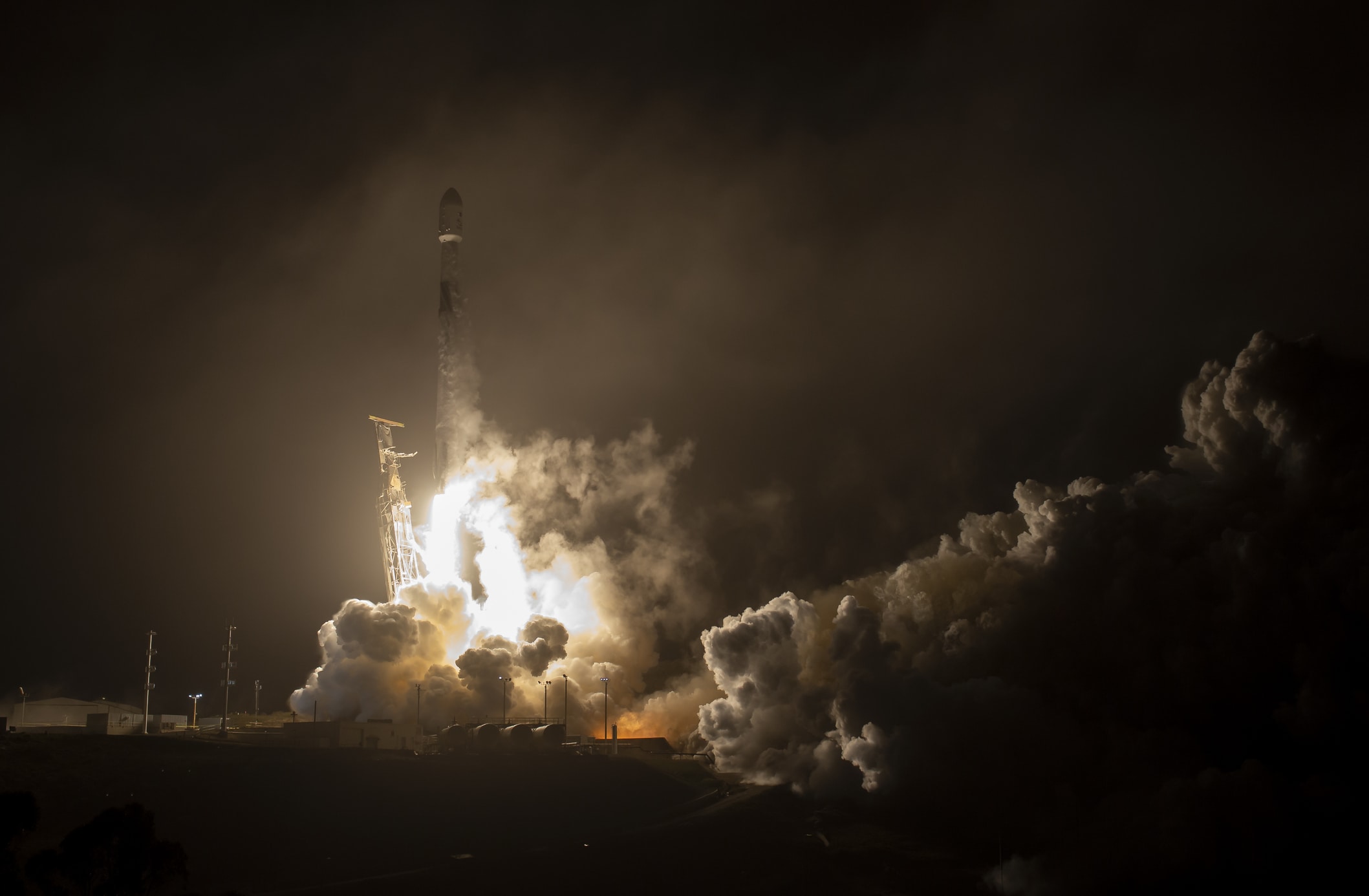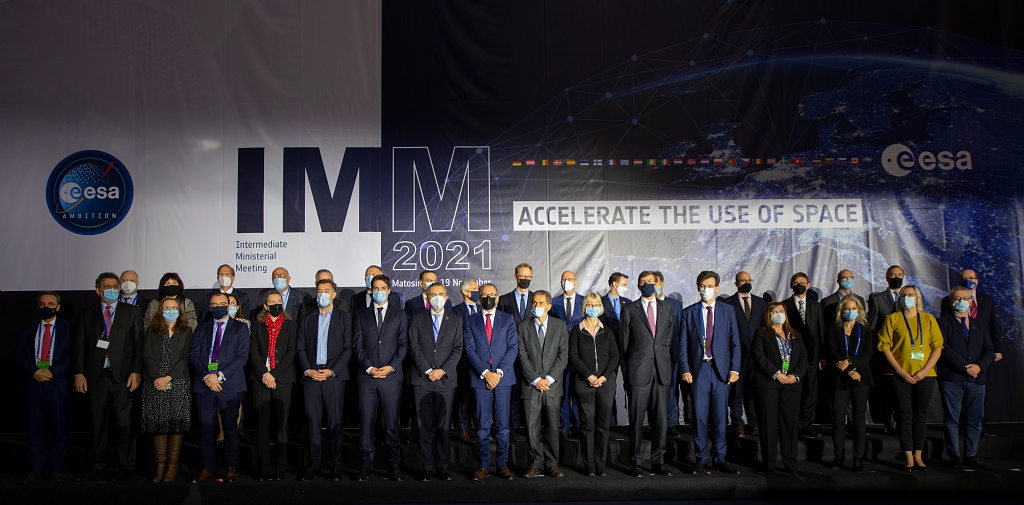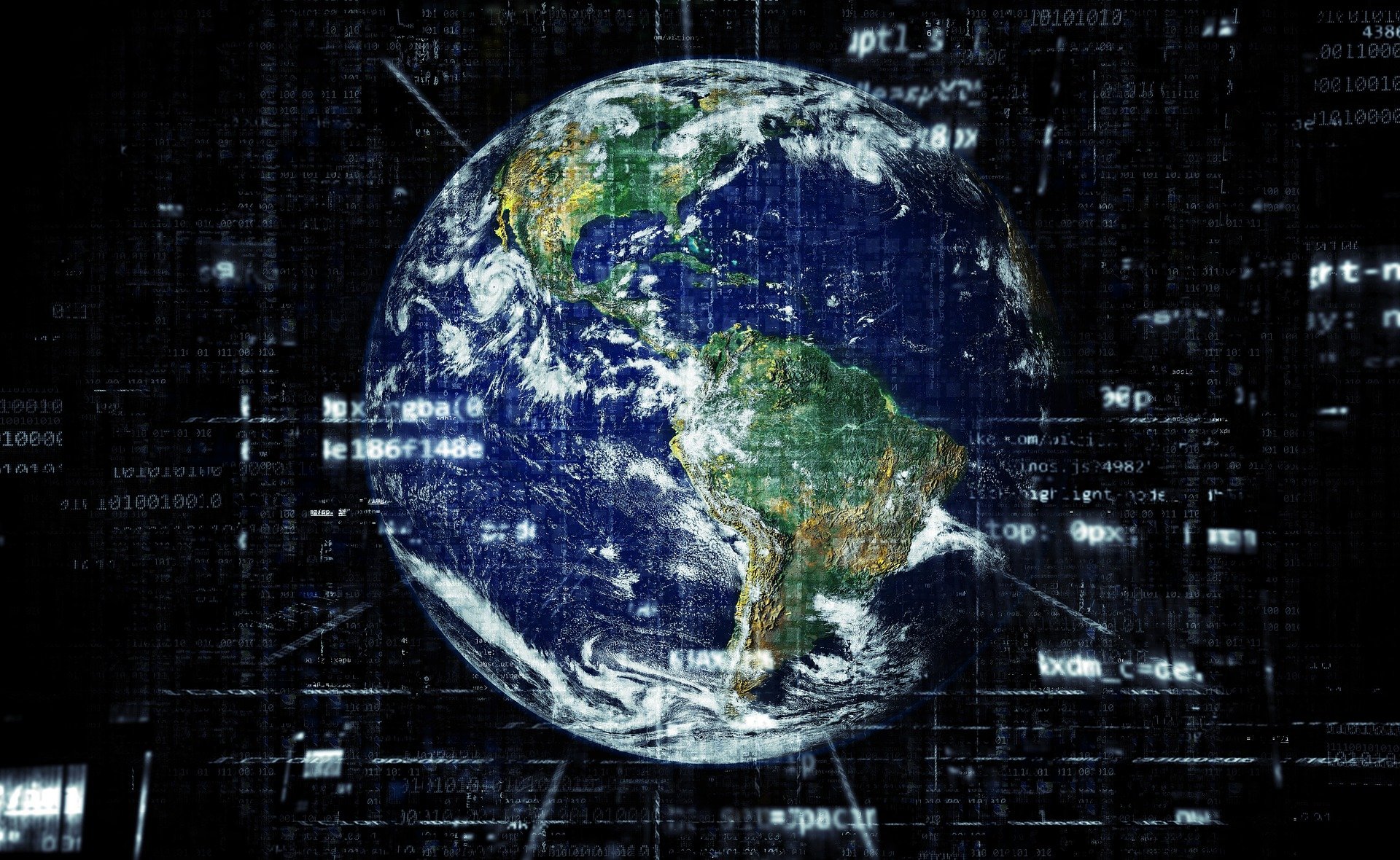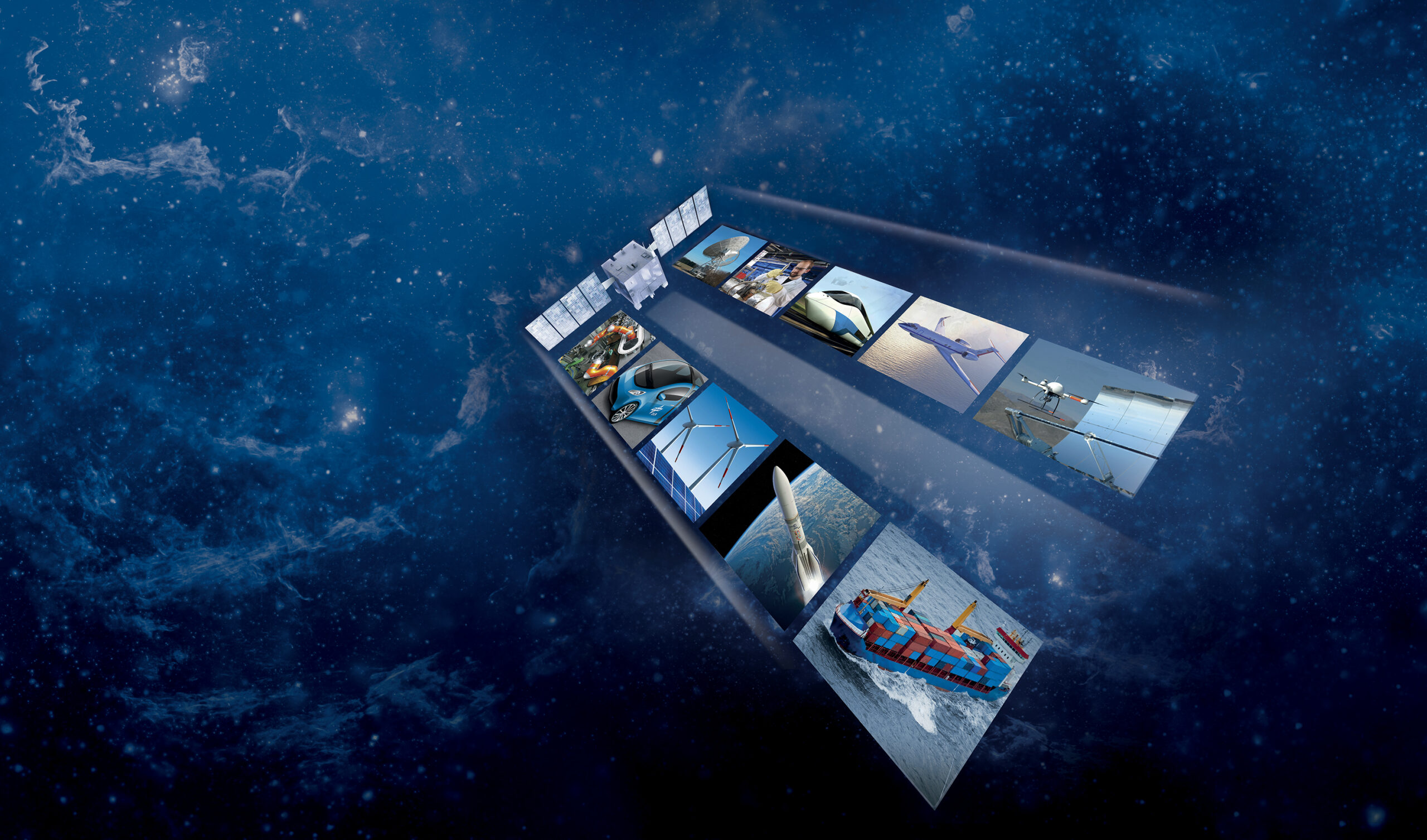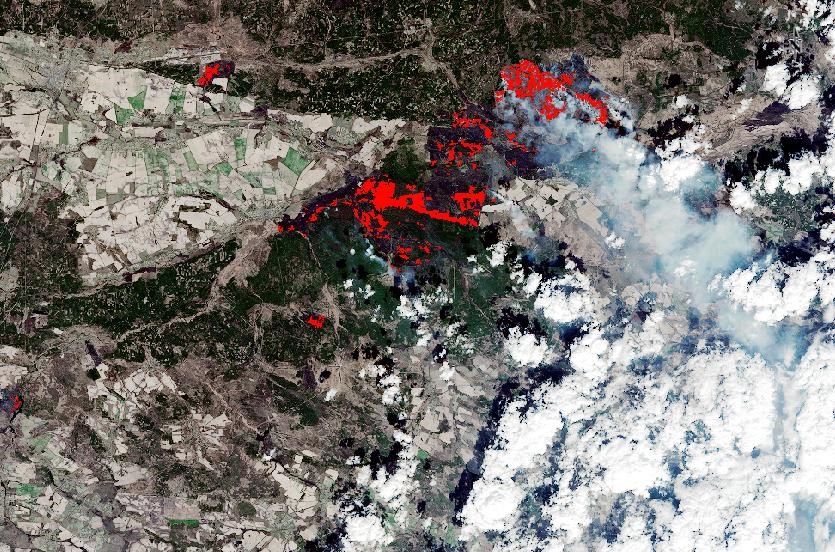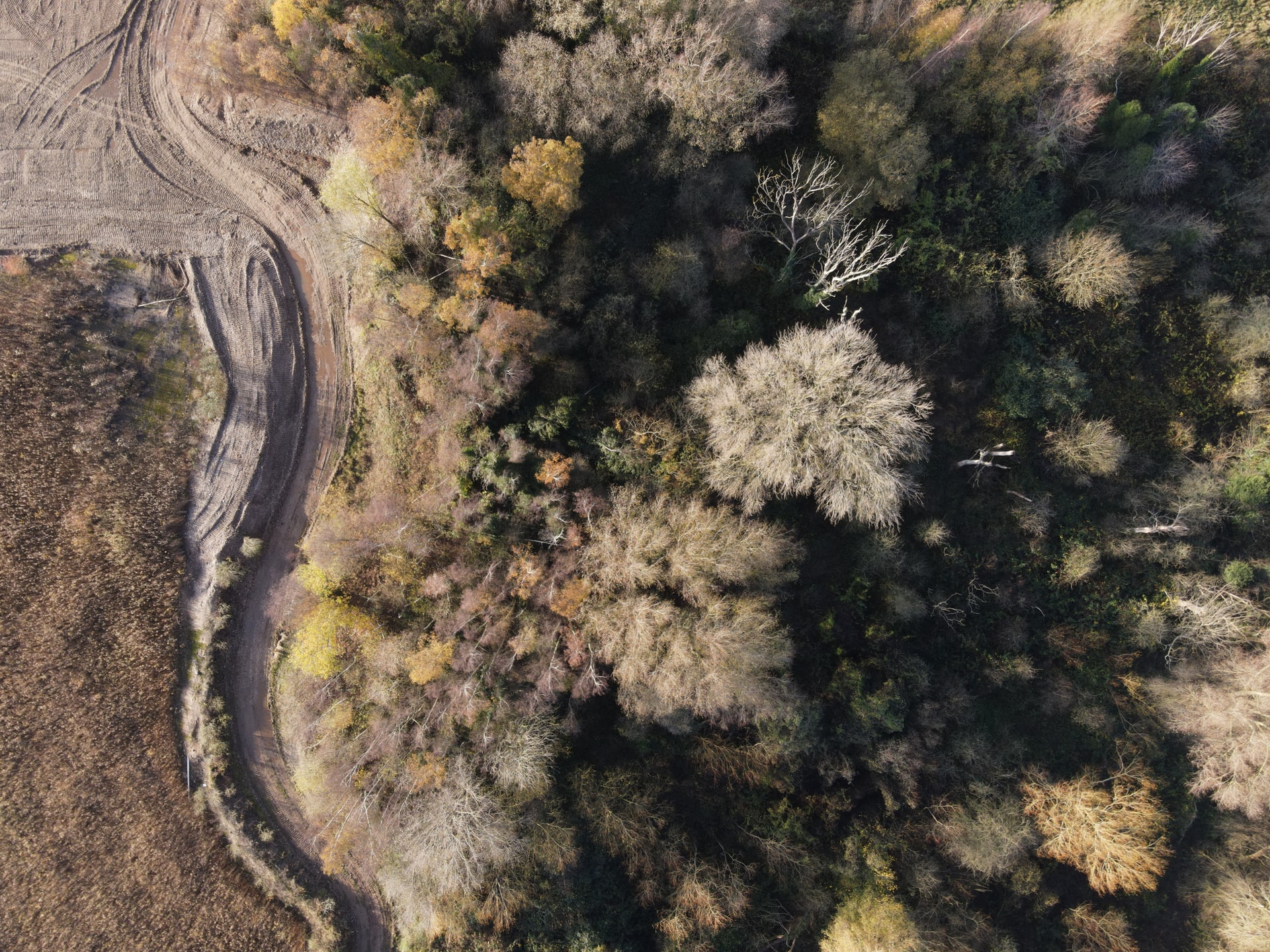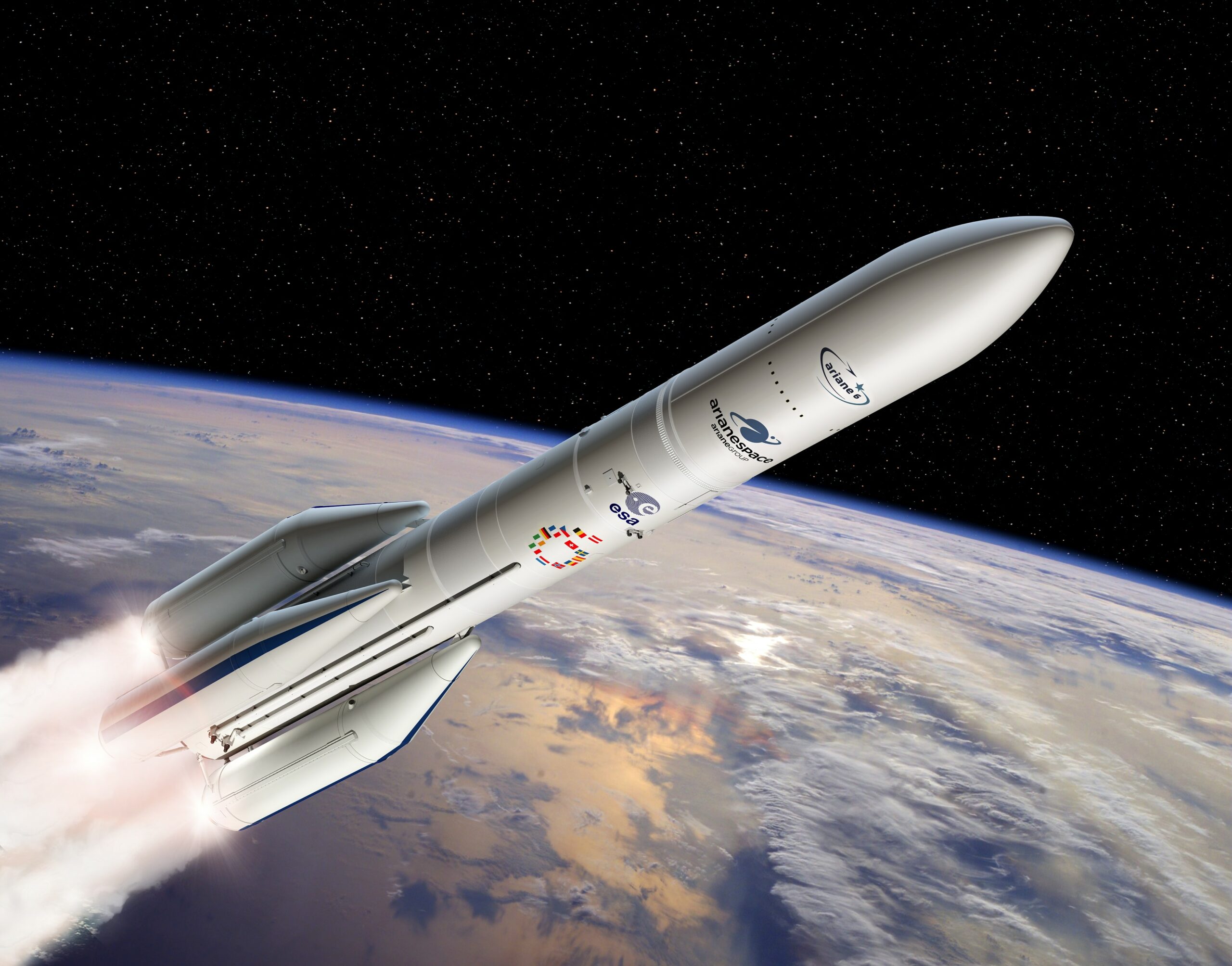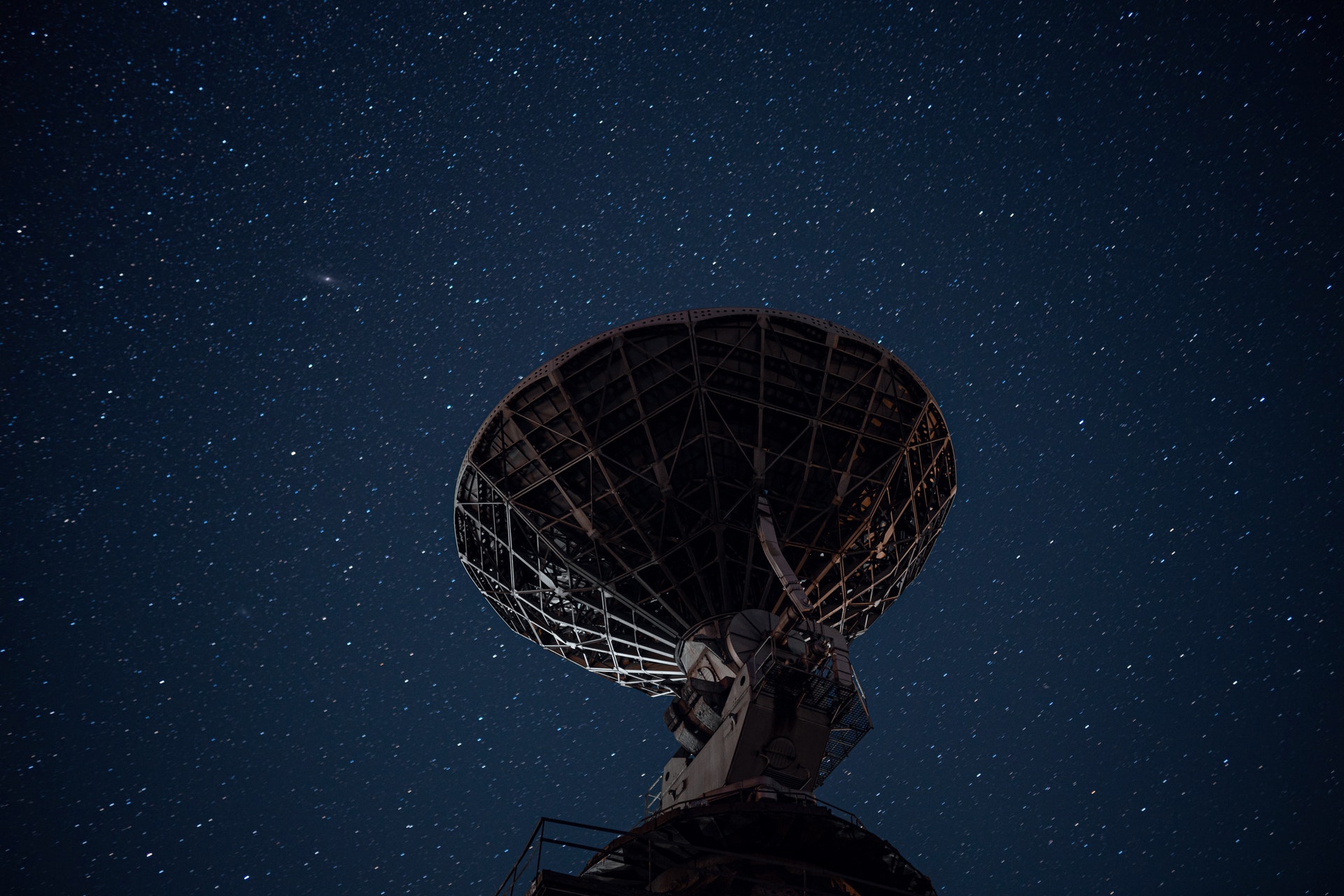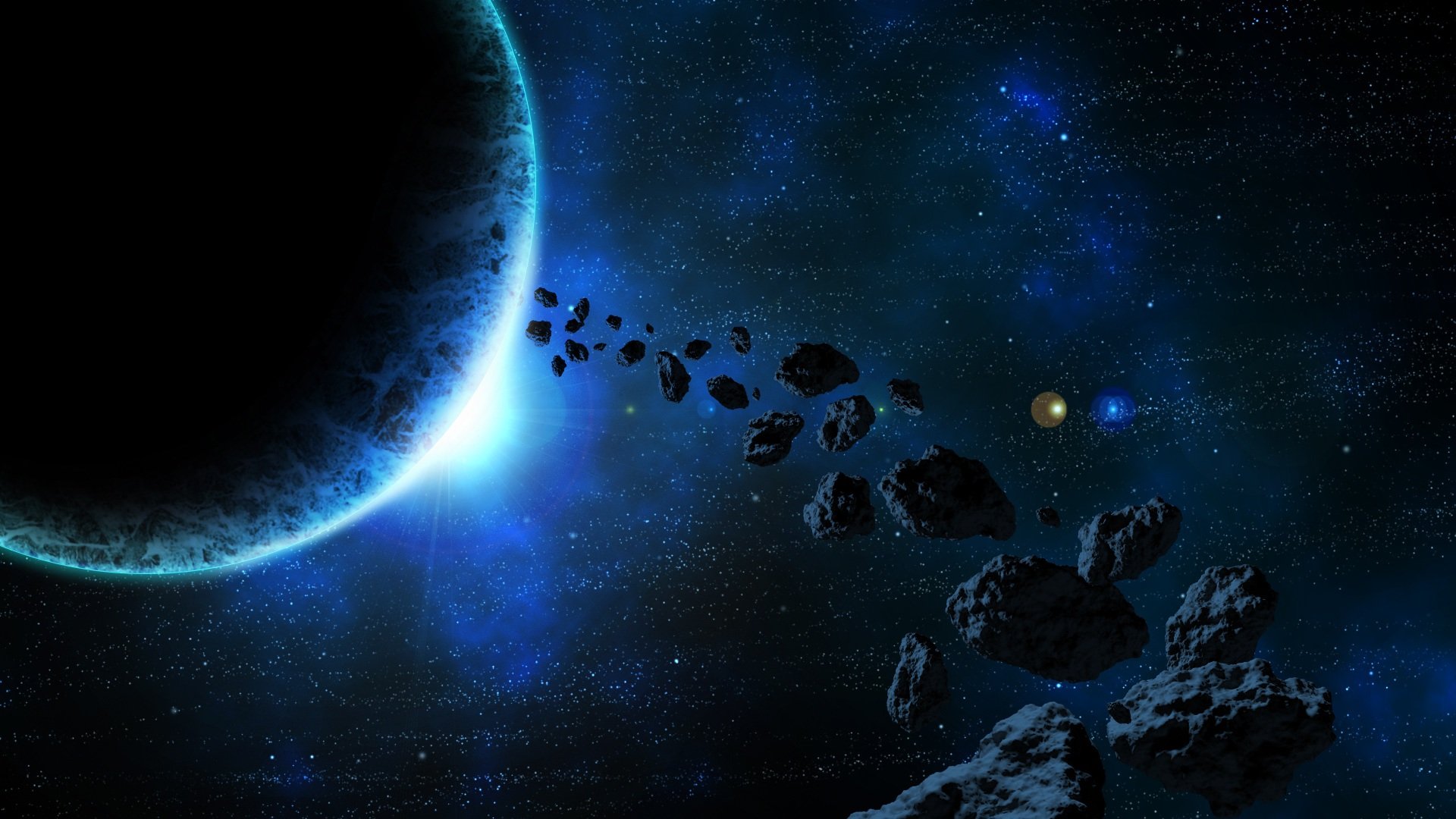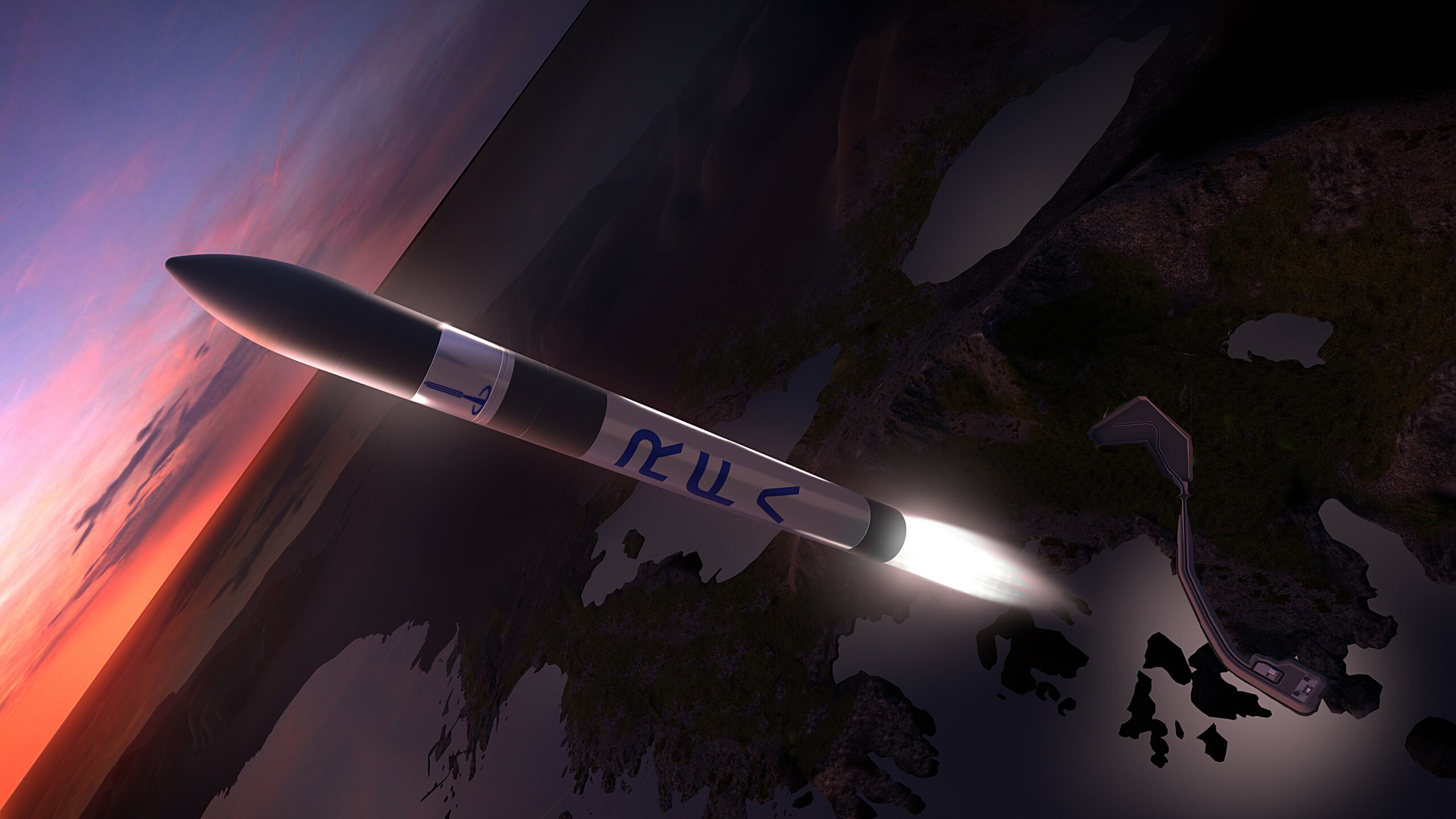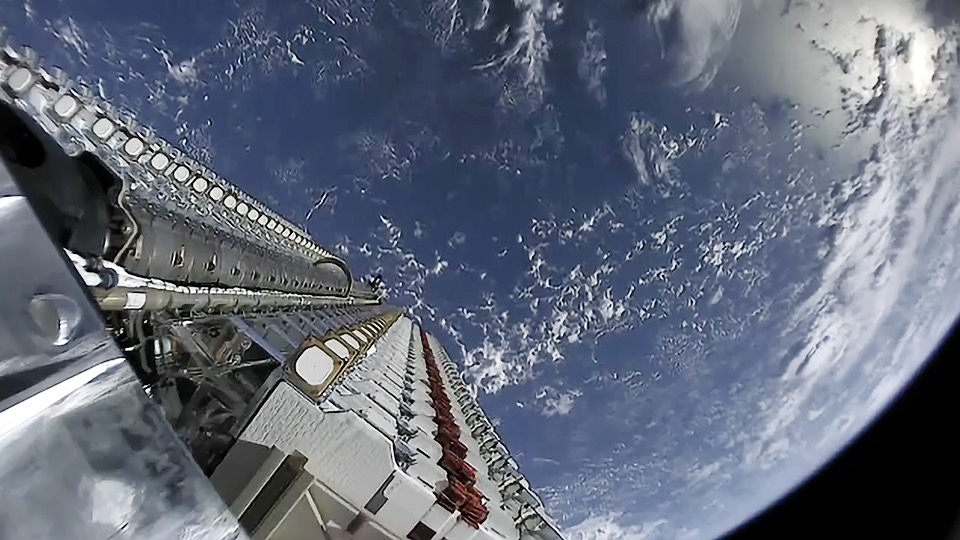
ESA searches for names for new mission via competition
Published on Wed, 19.05.2021 – 16:09 CEST in Missions, covering ESAThe European Space Agency ESA is looking for a suitable name for its new mission. It is taking a new approach to finding a name and is relying on swarm intelligence. A competition will be held until October 17, 2021, in which suggestions can be submitted for a name to be given to the mission.
The rules of the competition in a nutshell
Proposals may be submitted by all nationals of ESA Member States, Cooperating and Associated States, the EU, Argentina and Australia, and ISS Partner Countries. Unless
- they are ESA employees or
- they are suppliers and contractors of the ESA or
- Immediate family or household members of the aforementioned
Name proposals must be submitted in English and only individuals may participate - i.e. no groups and/or companies. An email address is required for submission, and only one suggestion may be submitted from each email address. If a name is submitted more than once, the time of submission will decide. So it's first come, first served.
The detailed rules of the naming contest can be found on the ESA website.
Specifications for the naming of the mission
ESA also imposes requirements on the proposed name. For example, none of the previous missions may be proposed as a name; likewise, copyrights or trademark rights may not be infringed, and proper names are also not permitted. More than three words are not allowed, nor are special characters. And last but not least, the name should also describe the purpose of the mission.
This is not an easy task, but one that can be tackled. In our Deepspace article of the month March, we have already traced some names used in space travel. Knowing the background is certainly helpful for inspiration and finding new ideas.
Objective of the (still) "no-name" mission
The objective of the mission, currently referred to as "The no-name mission" or "Lagrange," is to detect potentially dangerous solar storms before they reach Earth. To do this, a probe will be positioned at a Lagrange point (L1) - a point in the Sun-Earth reference frame at which it orbits the Sun synchronously with the Earth. This point is located about 1.5 million kilometers from Earth in the direction of the Sun and is ideally suited for solar observation. From this point, the probe continuously sends data to ESA's Space Weather Service Network. If it detects solar winds or even storms, it should sound the alarm.
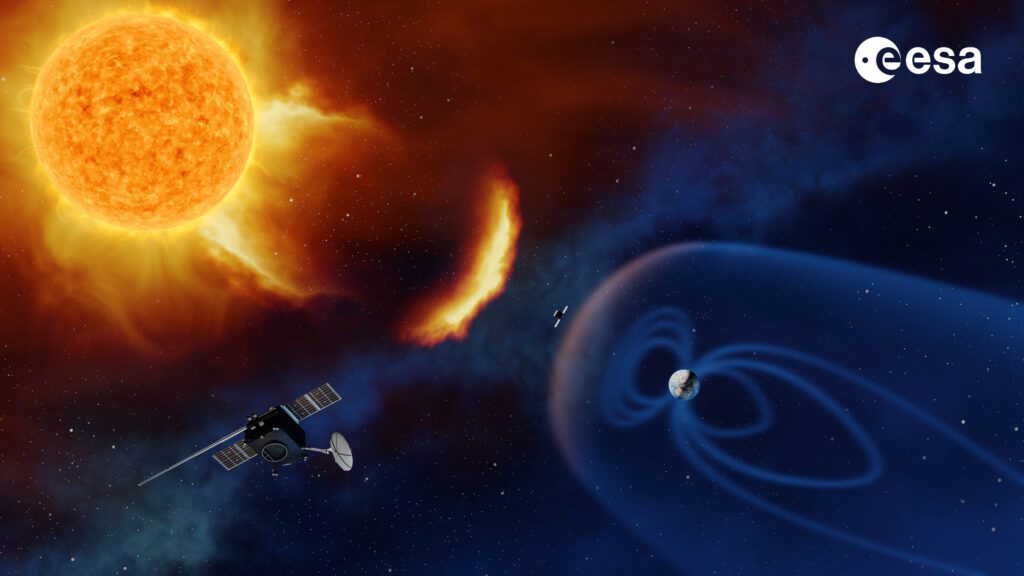
© ESA/A. Baker, CC BY-SA 3.0 IGO
Because the effects that solar storms can have on our lives are immense. The particles that form the plasma stream are a particular challenge for our modern technology, which can only withstand them to a limited extent. Solar storms are not only a danger for satellites, but also for communication systems and power grids. In case of doubt, catastrophes of global proportions threaten, as an incident from 1967 shows. At that time, an enormous solar storm hit the Earth and paralyzed three U.S. nuclear missile early warning system radar installations. This simultaneous failure was interpreted as sabotage by the Soviet Union and the nuclear counterattack was already prepared. The last major solar storm in 2012, on the other hand, mainly affected satellites.
This is the reason for auroras
Time and again, eruptions on the sun cause particularly large numbers of energy-rich particles to reach the earth as a plasma stream. As a rule, they are harmless to us because the Earth's magnetic field protects us from the radiation inherent in them. At the magnetic north and south poles, i.e. where field lines enter or leave the Earth, the incoming electrons and protons ionize oxygen and nitrogen atoms in the upper atmosphere. As a result, their electrons rise to a higher energy level, but fall again after a short time (recombination). This energy, which is released again, is emitted in the form of light, producing the typical auroras (aurora borealis in the north, aurora australis in the south).

via: ESA, MDR Wissen, NASA
Image Credits: Lagrange-Punkte © ESA/A. Baker, CC BY-SA 3.0 IGO

